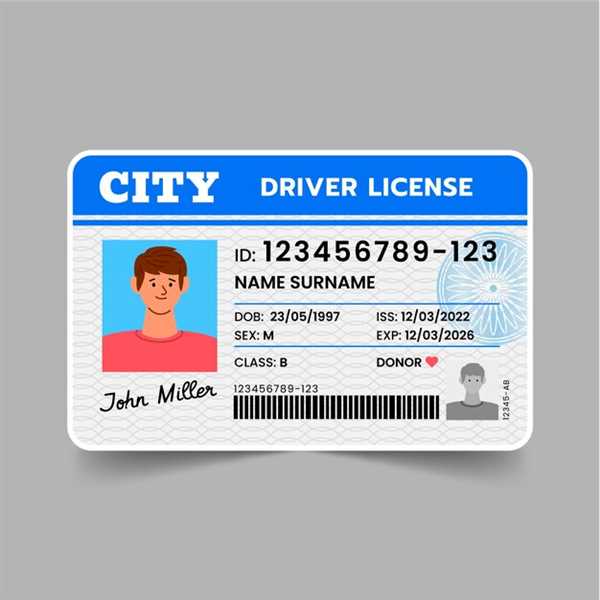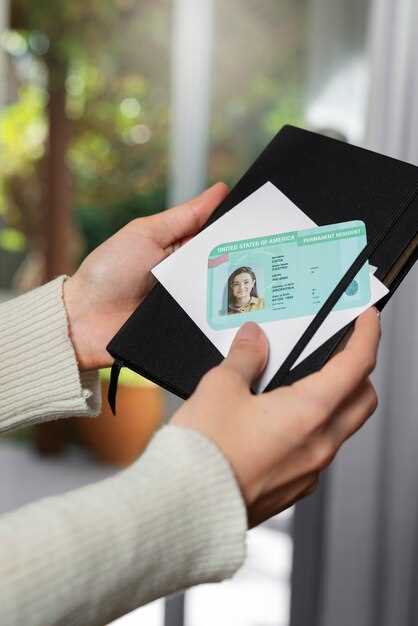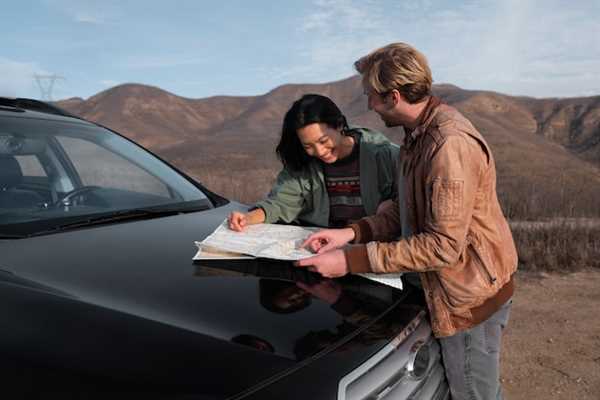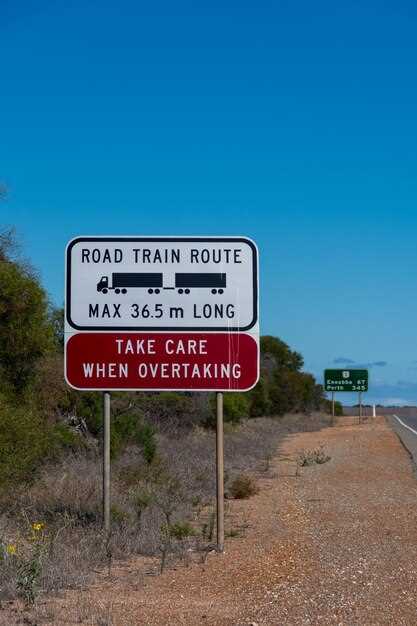
To obtain a driver credential in Arizona, first ensure you have proof of identity, such as a government-issued photo ID or a birth certificate. Documents must be current and legible to avoid any delays in processing your request.
Next, establish residency by providing utility bills, rental agreements, or bank statements that clearly display your name and address. This information is vital for verifying your connection to the state.
Additionally, prepare any necessary documentation related to your Social Security number, such as your Social Security card or a recent pay stub that includes the number. This step is critical for confirming your eligibility.
Lastly, make sure to bring any prior driving records if you hold credentials from another state. This will facilitate the transition and ensure that all information is accurately represented in your new file.
Proof of Identity and Legal Presence
To successfully obtain a state-issued identification credential, you must present a combination of evidence affirming both your identity and your lawful status in the United States. Primary identification can include a valid U.S. passport or a birth certificate alongside a government-issued photo identification.
When submitting a birth certificate, ensure it is the official document marked with a raised seal. If you are not a native-born citizen, immigration documents, such as a Permanent Resident Card or a valid employment authorization, must also be shown to validate your legal presence.
It’s advisable to bring photocopies of these items, as original documents will often be reviewed and returned. Additionally, always check for the most current guidelines, as requirements can shift based on state regulations and policies.
Prepare these items ahead of your visit: a government-issued photo ID, original documents proving birth and legal status, and any supplementary paperwork that might further verify your identity or change of name, if applicable.
Make sure to verify any specific requests pertaining to residency status, as additional documents may be needed if you are not a long-term resident. Confirming this information in advance can streamline the process.
Residency Verification Documents

Provide two forms of proof showing your physical address. Acceptable items include utility bills issued within the last 12 months, bank statements, or rental agreements. Ensure that your name and address are clearly visible on these papers.
A lease agreement signed by both parties is valid if it contains the necessary details. If using a utility bill, it must reflect services at your current residence and be dated no earlier than one year ago.
Documents from governmental agencies can serve as valid evidence if they include your name and address. Voter registration cards also qualify, provided they are up to date and list your current residence.
If you cannot gather two separate forms, combine one acceptable item with another that includes your name or address, such as a paycheck stub. Always carry original paperwork, as copies will not meet requirements.
Social Security Number Documentation

To obtain a driving permit, applicants must provide proof of their Social Security number. Acceptable forms include a Social Security card, a W-2 form, or a pay stub displaying the full number. Ensure that any document you submit clearly presents your name and Social Security number without obfuscation.
If you are not currently in possession of a Social Security card, you can obtain a replacement through the Social Security Administration’s official website or local office. Be prepared to provide identification for verification purposes.
For non-citizens, providing a work authorization card, visa, or another official confirmation of your Social Security status may be required. Always verify with local authorities to confirm specific stipulations to avoid delays in the process.
Double-check that all documentation is not expired and that your name matches other identification used in the application. Consistency is vital to streamline the approval process.










